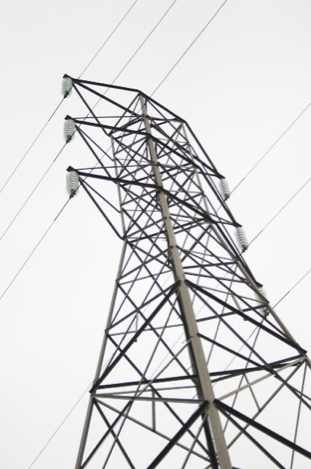 Media reports about substances that are supposedly hazardous to your health may cause suggestible people to develop symptoms of illness even when there may be no actual cause.
Media reports about substances that are supposedly hazardous to your health may cause suggestible people to develop symptoms of illness even when there may be no actual cause.
This is the conclusion of a new study that involved 147 adults, half of whom were given suggestive news reports about the dangers of wi-fi just before being placed in front of a laptop.
The researchers tried to reproduce a “nocebo effect”, which is the opposite of the pain-reducing effect known as a placebo.
The study illustrates how media reports about health risks may trigger or amplify nocebo effects in some people, actually causing symptoms which might otherwise not be warranted.
Frequently, the media reports on the potential health risks associated with the electromagnetic fields (EMFs) produced by cell phones, cell phone masts, high-voltage lines, and Wi-Fi devices. People who believe they are sensitive to electromagnetic fields report symptoms such as headaches, dizziness, burning or tingling sensations on their skin, and they attribute these effects to this radiation. Some people actually skip work or move to remote regions to get away from electrical equipment altogether.
Magnetic resonance imaging has demonstrated that the regions of the brain responsible for pain processing are indeed active in these instances.
“However, tests have shown that the people affected are unable to tell if they have really been exposed to an electromagnetic field,” explained Dr. Michael Witthöft of Johannes Gutenberg University Mainz. “In fact, their symptoms are triggered in exactly the same way if they are exposed to genuine and sham fields.”
“The mere anticipation of possible injury may actually trigger pain or disorders,” he added. “This is the opposite of the analgesic effects of placebos.”
 Witthöft undertook the current study in collaboration with G. James Rubin during a research stay at King’s College in London. The 147 test subjects were first shown a television report. One group of participants watched a BBC One documentary, which dealt in no uncertain terms with the potential health hazards supposedly associated with cell phone and WiFi signals. The other group watched a report on the security of Internet and cell phone data.
Witthöft undertook the current study in collaboration with G. James Rubin during a research stay at King’s College in London. The 147 test subjects were first shown a television report. One group of participants watched a BBC One documentary, which dealt in no uncertain terms with the potential health hazards supposedly associated with cell phone and WiFi signals. The other group watched a report on the security of Internet and cell phone data.
Then all the subjects in both groups were exposed to fake WiFi signals that they were told were real. Even though they were not exposed to any radiation, some of the subjects developed characteristic symptoms: 54 percent of the subjects reported experiencing agitation and anxiety, loss of concentration or tingling in their fingers, arms, legs, and feet. Two participants left the study prematurely because their symptoms were so severe that they no longer wanted to be exposed to the assumed radiation. It became apparent that the symptoms were most severe among the subjects who had viewed the documentary about the possible hazards of electromagnetic radiation. (Bottom photo by Flying Pete, on Morguefile.com)
“The study thus demonstrates that sensationalized media reports on potential risks, which often lack scientific evidence, can have a significant effect on the health of large sections of the population,” concluded the report. “Such speculation on health hazards most likely has more than just a short-term impact like that of a self-fulfilling prophesy; it is likely that over the long term some people begin to believe that they are sensitive and develop symptoms.”



















